1.
Introduction
The following inequality is named the Simpson's integral inequality:
where φ:[ε,ζ]→R is a four-order differentiable mapping on (ε,ζ) and ‖φ(4)‖∞=supt∈(ε,ζ)|φ(4)(t)|<∞.
Considering the Simpson-type inequality via mappings of different classes, many results involving the ordinary integrals can be found in [1,3,4,5,18,19] and the references therein.
Definition 1.1. A set Ω⊆Rn is named as invex set with respect to the mapping η:Ω×Ω→Rn, if
holds, for all ε,ζ∈Ω and θ∈[0,1].
Definition 1.2. A mapping φ:Ω→R is called preinvex respecting η, if
holds for all ε,ζ∈Ω and θ∈[0,1].
The preinvex function is an important substantive generalization of the convex function. For the properties, applications, integral inequalities and other aspects of preinvex functions, see [5,7,8,9,10,11,12,13,14] and the references therein.
Definition 1.3. Let s∈(0,1) and a mapping φ:Ω→R is called s-preinvex respecting η, if
holds for all ε,ζ∈Ω and θ∈[0,1].
Fractional calculus has recently been the focus of mathematics and many related sciences. In addition to defining new integral-derivative operators and their properties, many researchers have achieved important results in applied mathematics, engineering and statistics. It is appropriate for the reader to review articles [2,15,16,17] for some recent studies. We end this section by reciting a well known κ-fractional integral operators in the literature.
Definition 1.4. ([6]) Let φ∈L[ε,ζ], the κ-fractional integrals Jα,κε+ and Jα,κζ− of order α>0 are defined by
and
respectively, where κ>0, and Γκ is the κ-gamma function defined as Γκ(x):=∞∫0θx−1e−θκκdθ,ℜ(x)>0, with the properties Γκ(x+κ)=xΓκ(x) and Γκ(κ)=1.
This paper aims to obtain estimation type results of Simpson-type inequality related to κ- fractional integral operators. Next, we derive the results with the boundedness of the derivative and with a Lipschitzian condition for the derivative of the considered mapping to derive integral inequalities with new bounds. Application of our results to random variables are also provided.
2.
Main results
Throughout of this work, let Ω⊆R be an open subset respecting η:Ω×Ω→R∖{0} and ε,ζ∈Ω with ε<ζ.
To prove our results, we obtain a new integral identity as following:
Lemma 2.1. Let φ:Ω=[ε+η(ζ,ε)]→R be a differentiable function on (ε+η(ζ,ε)) with η(ζ,ε)>0. If φ′∈L[ε,ε+η(ζ,ε)],n≥0 and α,κ>0, then the following identity holds:
where
Proof. Integration by parts, one can have
and
By adding I1 and I2 and multiplying the both sides η(ζ,ε)2(n+1), we can write
Using the fact that
we get the result.
Remark 2.1. If we choose η(ζ,ε)=ζ−ε with κ=1, then under the assumption of Lemma 2.1 one has Lemma 2.1 in [19].
Theorem 2.2. Let φ:Ω=[ε,ε+η(ζ,ε)]→R be a differentiable function on Ω. If φ′∈L[ε,ε+η(ζ,ε)]and |φ′|λ for λ>1 with μ−1+λ−1=1 is s-preinvex function, then the following inequality holds for fractional integrals with α,κ>0, then the following integral inequality holds:
Proof. From the integral identity given in Lemma 2.1, the H¨older integral inequality and the s-preinvexity of |φ′(x)|λ, we have
Using the fact that 1−χs≤(1−χ)s≤21−s−χs for χ∈[0,1] with s∈(0,1], we have
and
Remark 2.2. If we choose η(ζ,ε)=ζ−ε with κ=1, then under the assumption of Theorem 2.2, one has Theorem 2.3 in [19].
Corollary 2.1. If we choose α=κ=1, and n=s=1, then under the assumption of Theoremm 2.2 we have
Corollary 2.2. If we choose η(ζ,ε)=ζ−ε with α=κ=1, and n=s=1, then under the assumption of Theoremm 2.2 we have
Proof. The proof of the last inequality is obtained by using the fact that
for 0≤j≤1,ω1,ω2,ω3,...,ωn≥0;ν1,ν2,ν3,...,νn≥0.
Theorem 2.3. Let φ:Ω=[ε,ε+η(ζ,ε)]→R be a differentiable function on Ω. If φ′∈L[ε,ε+η(ζ,ε)]and |φ′| is s-preinvex function, then the following inequality holds for fractional integrals with α,κ>0, then the following integral inequality holds:
where
and
Proof. From Lemma 2.1 and using the s-preinvexity of |φ′(x)|, we have
From (2.7), we have
By taking into account
and
Theorem 2.4. Let φ:Ω=[ε,ε+η(ζ,ε)]→R be a differentiable function on Ω. If φ′∈L[ε,ε+η(ζ,ε)]and |φ′| is s-preinvex function, then the following inequality holds for fractional integrals with α,κ>0, then the following integral inequality holds:
where
Proof. By using Lemma 2.1 and the H¨older's integral inequality for λ>1 we have
Using s-preinvexity of |φ′|, we get
using the fact that
A combination of (2.9)–(2.11) with (2.14) into (2.13) gives the desired inequality (2.12). The proof is completed.
Corollary 2.3. If we take n=s=1 and α=κ=1, then under the assumption of Theorem 2.4, we have
Corollary 2.4. If we take η(ζ,ε)=ζ−ε with n=s=1 and α=κ=1, then under the assumption of Theorem 2.4, we have
Remark 2.3. If we take η(ζ,ε)=ζ−ε with λ=1 and κ=s=1, then Theorem 2.4 reduces to Theorem 2.2 in [19].
Remark 2.4. If we take η(ζ,ε)=ζ−ε with λ=1, κ=s=1, and α=n=1 then Theorem 2.4 reduces to Corollary 1 in [18].
For deriving further results, we deal with the boundedness and the Lipschitzian condition of φ′.
Theorem 2.5. Let φ:Ω=[ε,ε+η(ζ,ε)]→R be a differentiable function on Ω. If |φ′| is s-preinvex function, there exists constants m<M satisfying that ∞<m≤φ′(x)≤M<∞ for all x∈[ε,ε+η(ζ,ε)] and α,κ>0, and n≥0, then the following integral inequality holds:
where Δ0 given in (2.14).
Proof. From Lemma 2.1, we have
Using the fact that m−m+M2≤φ′(ε+1−θn+1η(ζ,ε))−m+M2≤M−m+M2, one has
similarly,
Inequality (2.16) implies that
The proof is completed.
Corollary 2.5. If we take η(ζ,ε)=ζ−ε with α=κ=1, then under the assumption of Theorem 2.5, we have
Theorem 2.6. Let φ:Ω=[ε,ε+η(ζ,ε)]→R be a differentiable function on Ω. If φ′ satisfies Lipchitz conditions on [ε,ε+η(ζ,ε)] for certain L>0, with α>0,κ>0,n≥0, then the following inequality holds:
where Δ0 given in (2.14).
Proof. From Lemma 2.1, we have
Since φ′ is Lipschitz condition on [ε,ε+η(ζ,ε)], for certain L>0, we have
Thus
The proof is completed.
Corollary 2.6. If we take η(ζ,ε)=ζ−ε with α=κ=1, then under the assumption of Theorem 2.6, we have
3.
Applications
3.1. F-divergence measure
Let the set ψ and the δ-finite measure ϱ be given, and let the set of all probability densities on ϱ to be defined on Λ:={z|z:ψ→R,z(x)>0,∫ψz(x)dϱ(x)=1}.
Let F:(0,∞)→R be given mapping and consider DF(z,w) be defined by
If F is convex, then (3.1) is called as the Csiszar F-divergence.
Consider the following Hermite-Hadamard divergence
where F is convex on (0,∞) with F(1)=0. Note that DFHH(z,w)≥0 with the equality holds if and only if w=z.
Proposition 3.1. Suppose all assumptions of Corollary 2.2 hold for (0,∞) and F(1)=0, if w,z∈Λ, then the following inequality holds:
Proof. Let Θ1={x∈ψ:z(x)=w(x)}. Θ2={x∈ψ:z(x)<w(x)} and Θ3={x∈ψ:z(x)>w(x)} and Obviously, if x∈Θ1, then equality holds in (3.3).
Now if x∈Θ2, then using Corollary 2.2 for ε=z(x)w(x) and ζ=1, multiplying both sides of the obtained results by w(x) and then integrating over Θ2, we obtain
Similarly if x∈Θ3, then using Corollary 2.2 for ε=1 and ζ=z(x)w(x), multiplying both sides of the obtained results by w(x) and then integrating over Θ3, we obtain
Adding inequalities (3.4) and (3.5) and then utilizing triangular inequality, we get the result.
Proposition 3.2. Suppose all assumptions of Corollary 2.4 holds for (0,∞) and f(1)=0, if w,z∈Λ, then the following inequality holds:
Proof. The proof is similar as one has done for Corollary 2.2.
3.2. Probability density functions
Let G:[ε,ε+η(ζ,ε)]→[0,1] be the probability density function of a continuous random variable Y with the cumulative distribution function of G
As we know E(y)=ε+η(ζ,ε)∫εtdF(t)=(ε+η(ζ,ε))−ε+η(ζ,ε)∫εF(t)
Proposition 3.3. By Corollary 2.1, we get the inequality
Proposition 3.4. By Corollary 2.3, we get the inequality
Same applications can be found for Corollary 2.2 and Corollary 2.4, respectively. We leave it to the interested readers.
4.
Conclusion
In this paper, we have established several Simpson's type inequalities via κ-fractional integrals in terms of preinvex functions. We also have obtained the inequalities applied to F-divergence measures and application for probability density functions. These results can be viewed as refinement and significant improvements of the previously known for [18,19] and preinvex functions. Applications can be provided in terms of the obtained results to special means. The ideas and techniques of this paper may be attracted to interested readers.
Conflict of interest
The authors declare that there is no conflicts of interest in this paper.










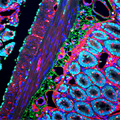
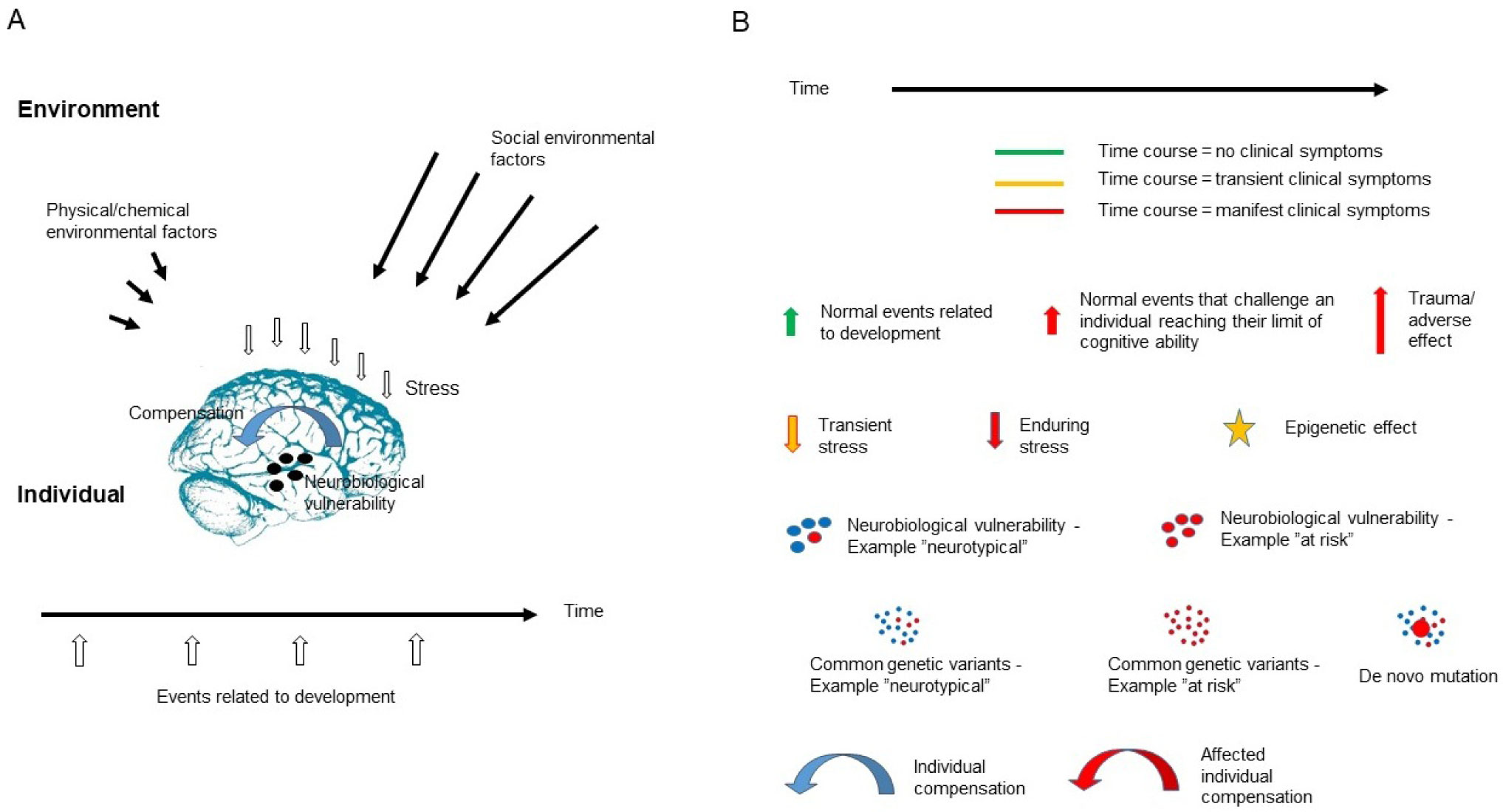


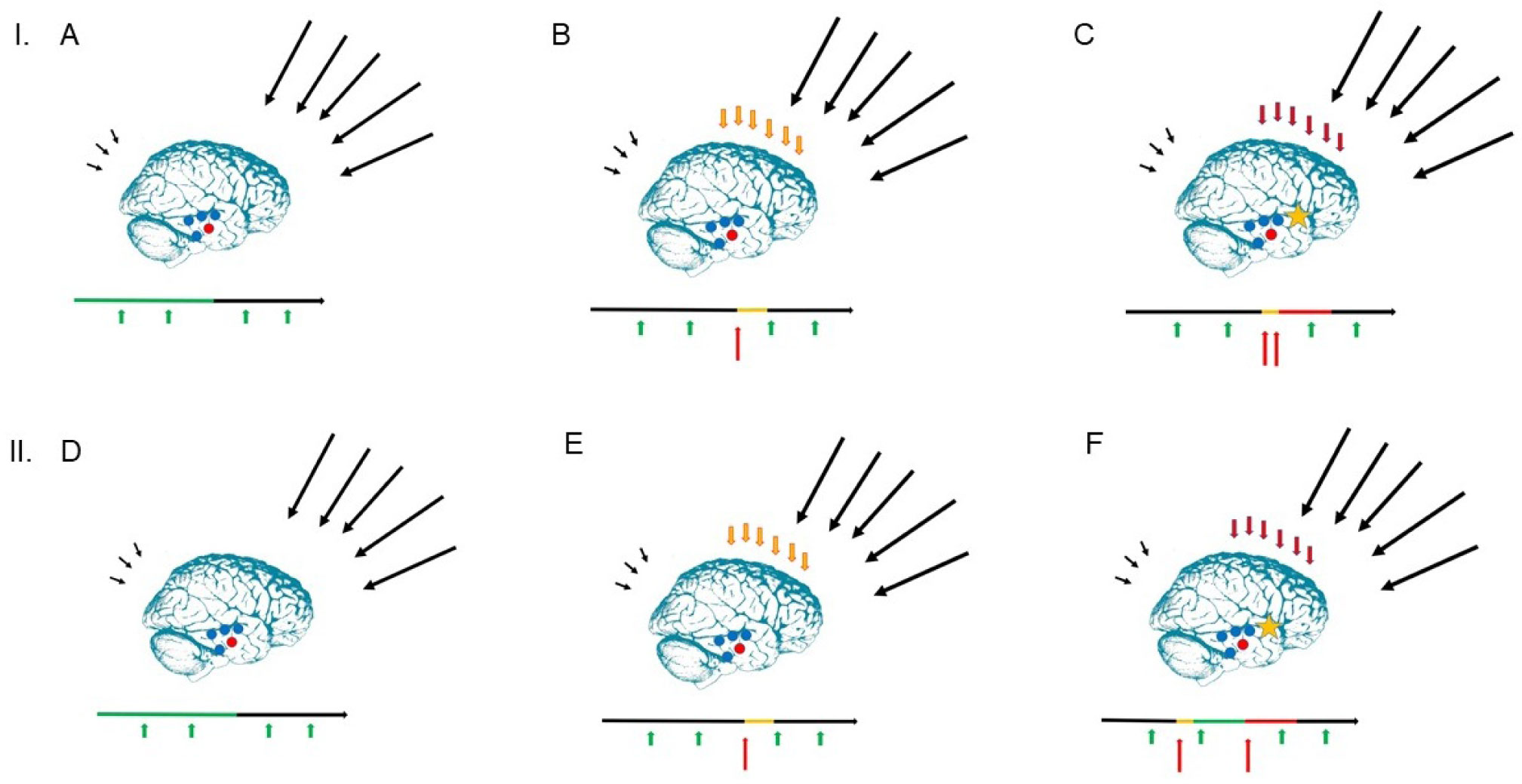
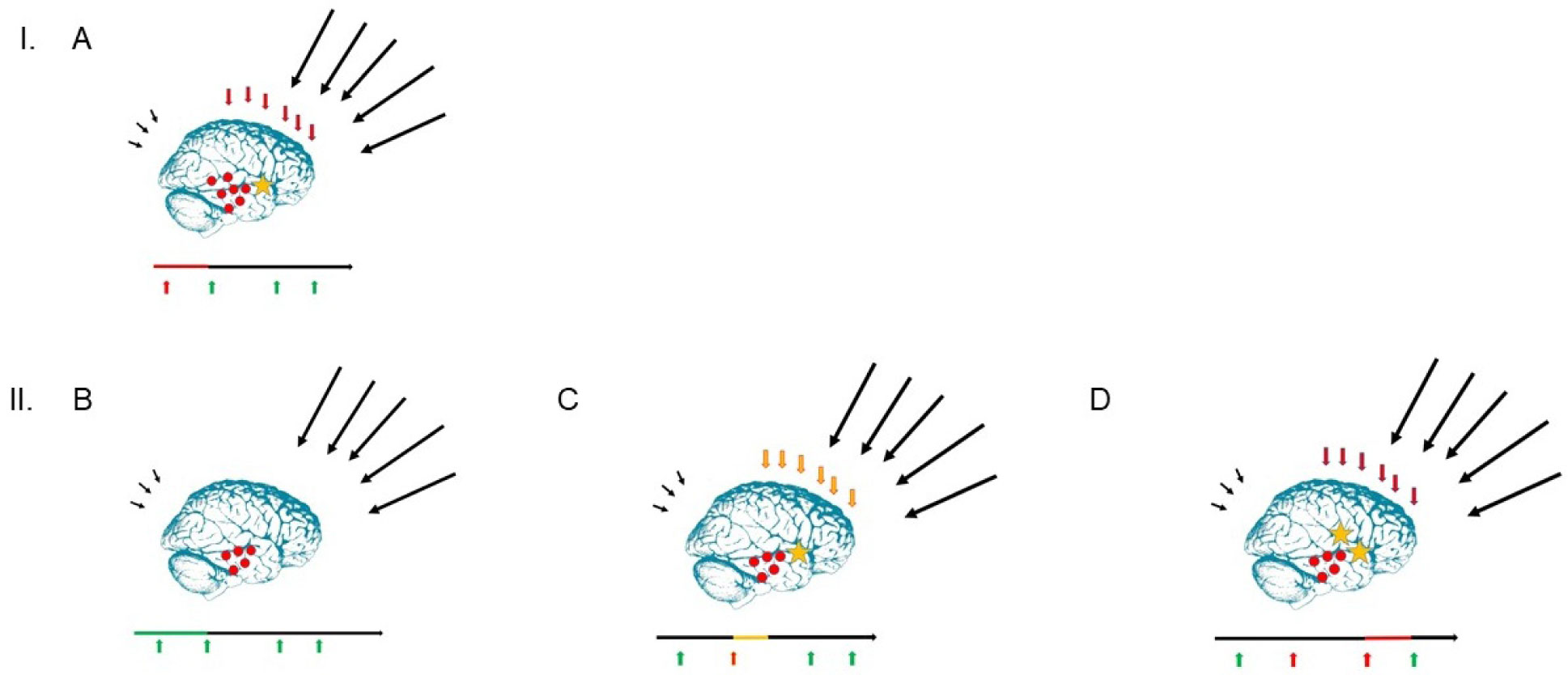
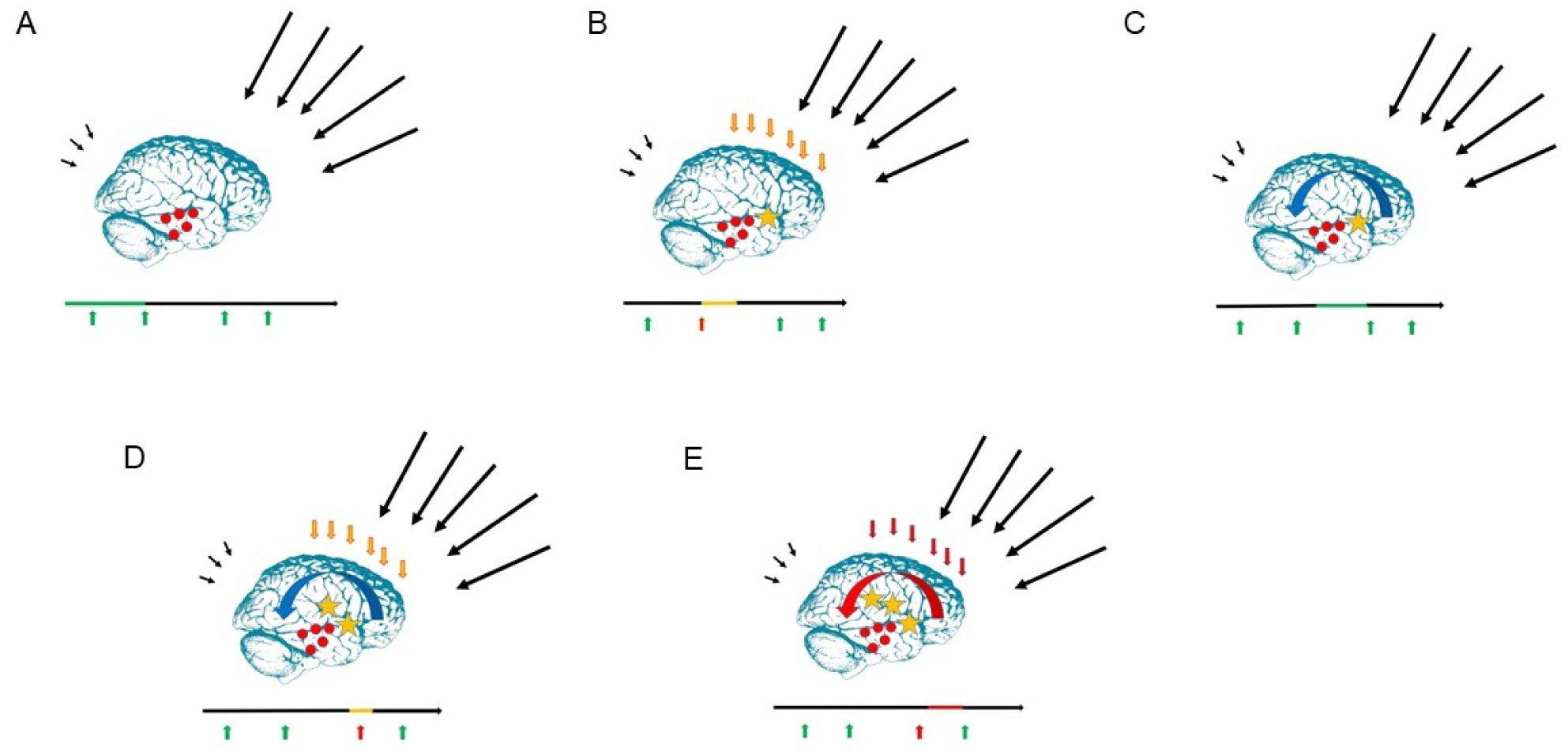
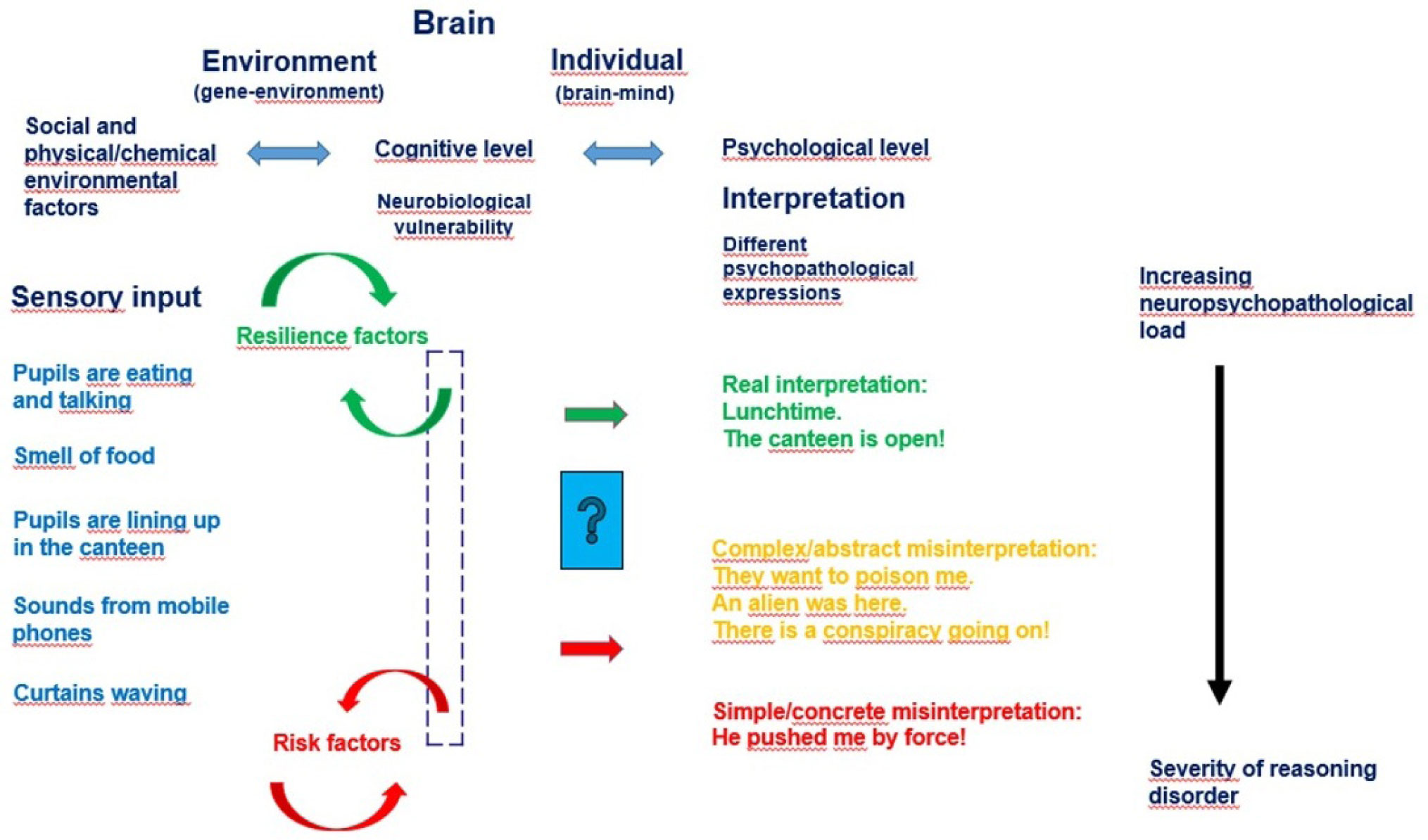
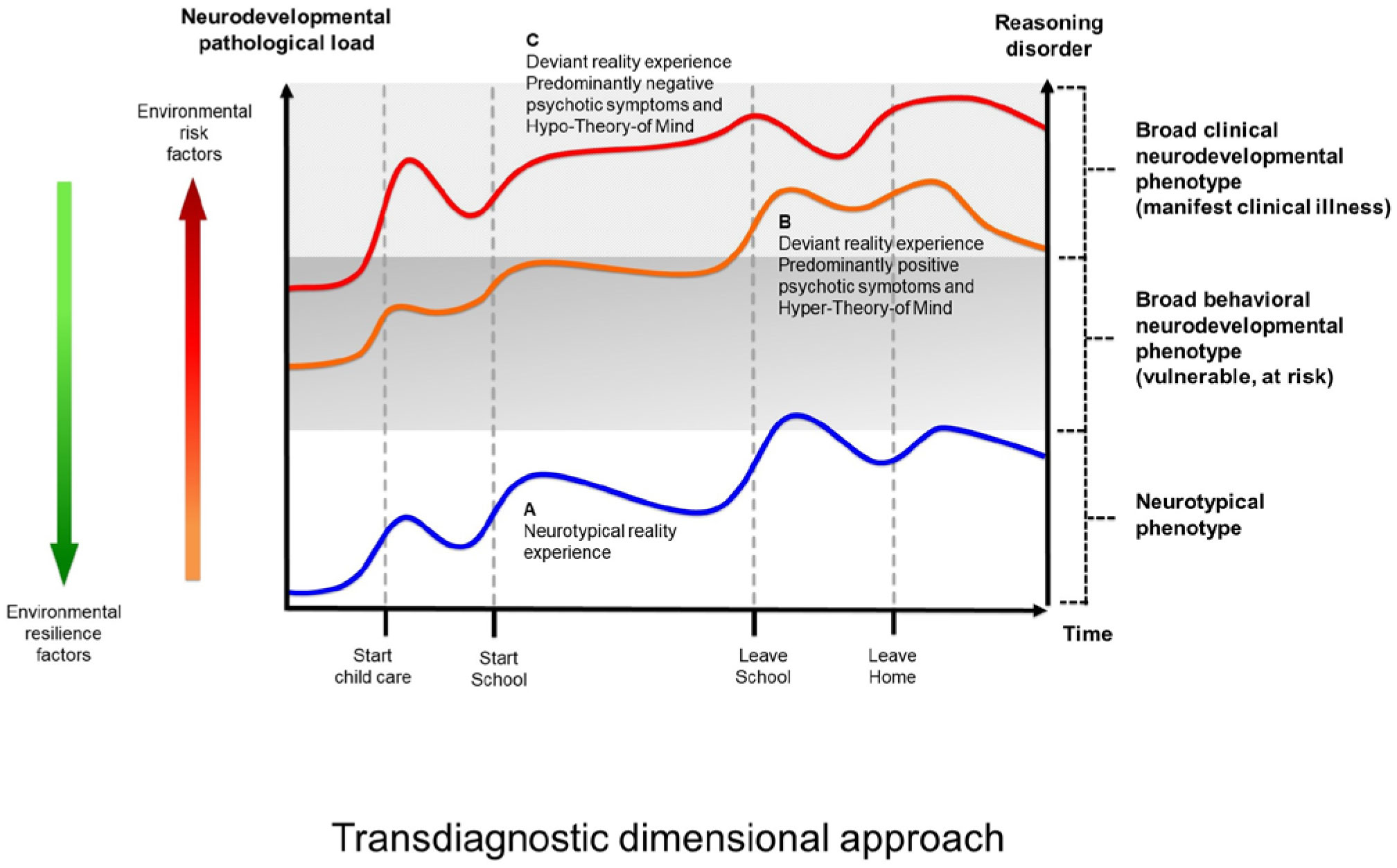
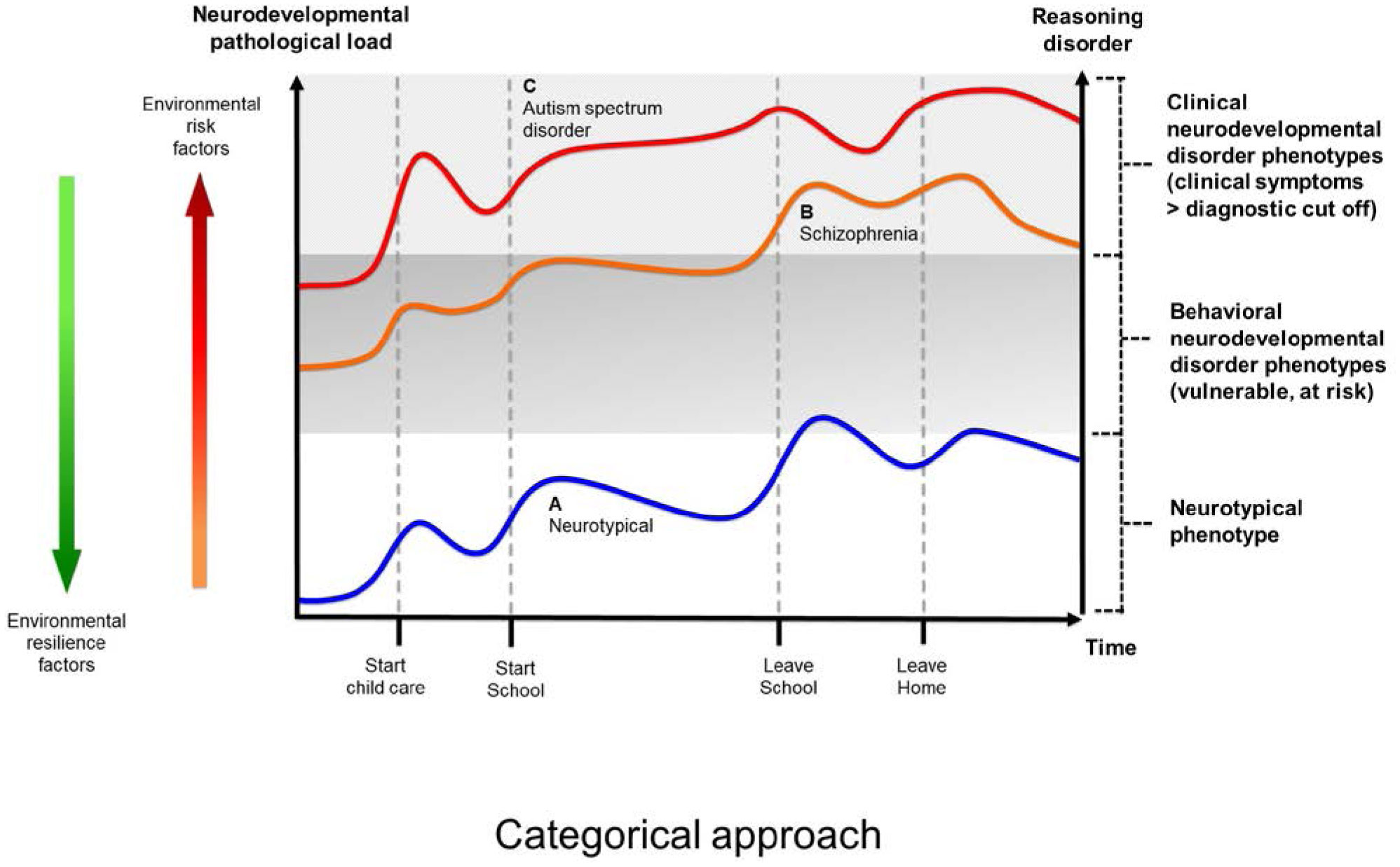
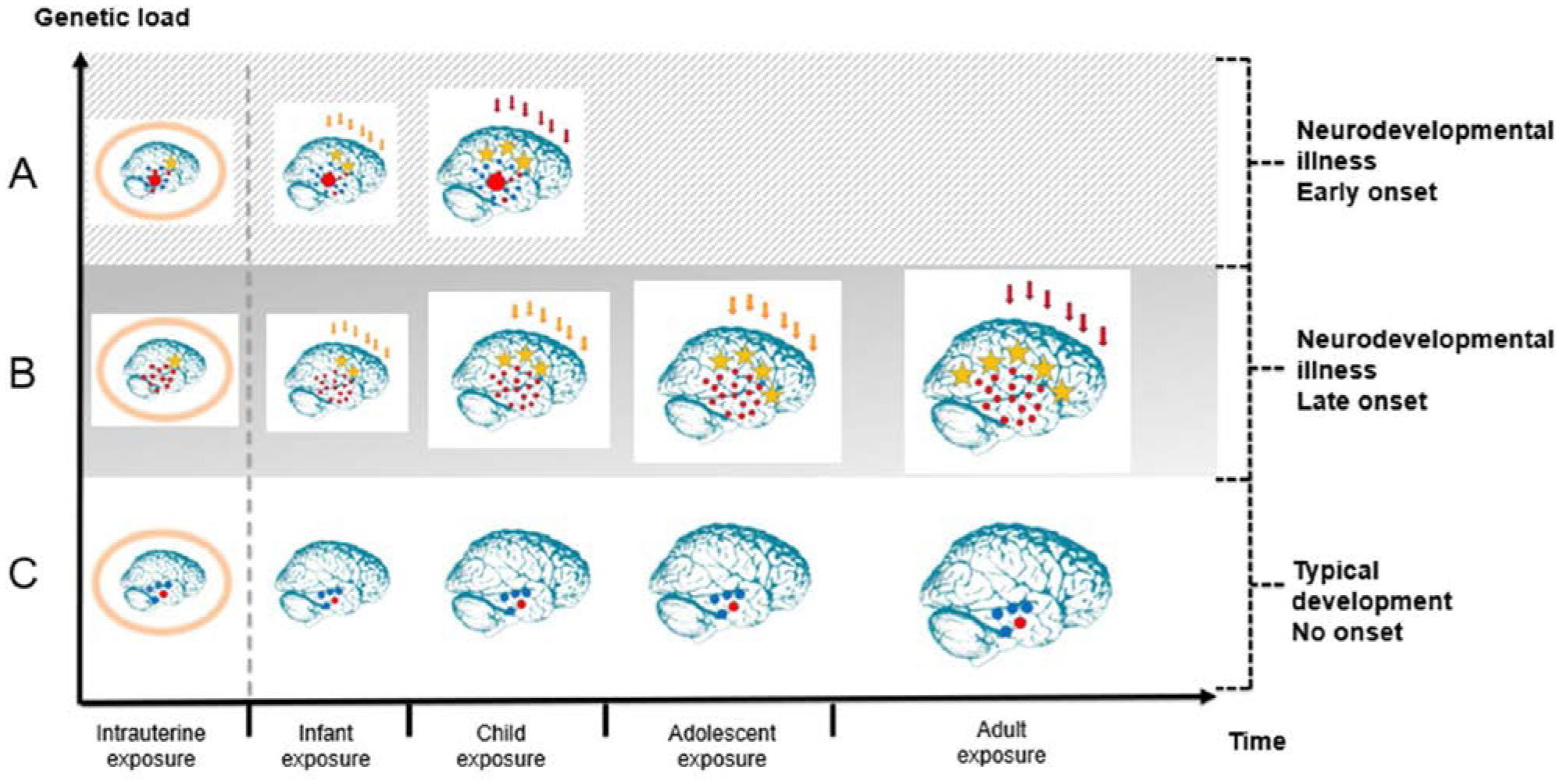


 DownLoad:
DownLoad: